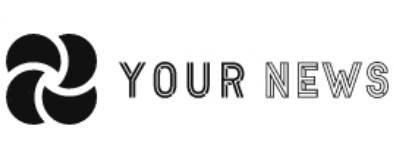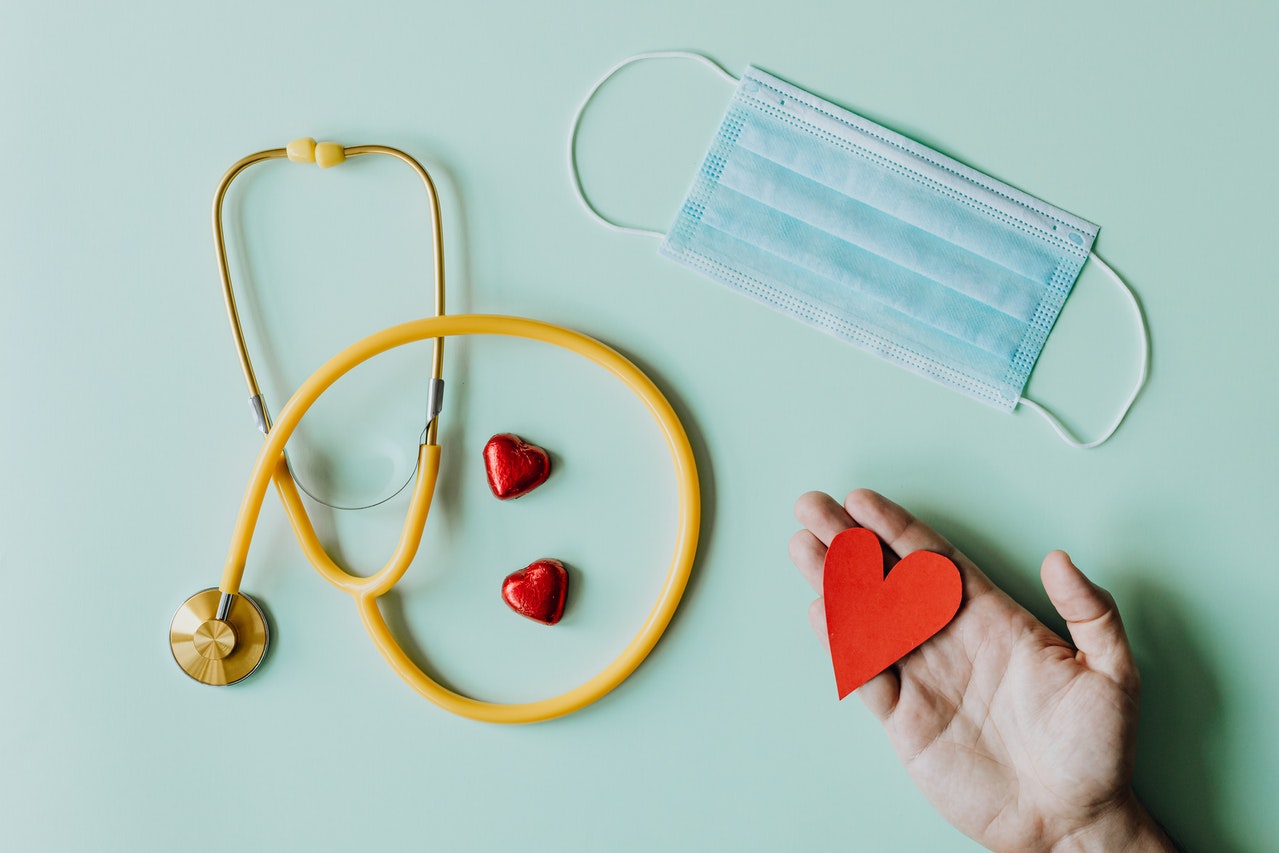Evolving Trends
The orthopedic and medical equipment manufacturing industry is expected to develop rapidly due to an increasing elderly population and a requirement for medical and orthopedic devices that will improve their quality of life. With this increase, as well as the benefits, will come demands for the sector. We’ll look at current industry trends in this post.
The Continued Growth
Orthopedic and medical technology devices are essential in treating musculoskeletal and other medical problems. The United States presently has the world’s largest medical device market. By 2023, the sector is anticipated to reach $208 billion in sales. Furthermore, the worldwide orthopedic devices business is expected to top at around $43.1 billion by 2024.
The demand for orthopedic and medical alert systems is growing rapidly due to the growing number of overweight and obese people. The growth in the incidence of orthopedic diseases, such as degenerative bone disease and an expanding geriatric population is driving the demand for orthopedic equipment.
Obesity and sedentary lifestyles are also expected to boost the medical device sector’s growth. As a result, hip and knee replacements have increased continuously over time, with those 65 and older seeing an increase in joint replacement surgeries.
Hospitals are upgrading their medical and orthopedic equipment in response to growing public awareness about the availability of cutting-edge healthcare devices. Orthopedic and other operations have also been adopted due to reimbursement for treatment expenditures. These variables allow manufacturers to sell more expensive, high-tech equipment that may be utilized with lower-cost models.
Meeting the Needs of Healthcare Professionals as Well as Patients
Manufacturers of medical and orthopedic devices are focusing on advances that integrate digital technologies to fulfill the demands of both consumers and healthcare professionals. Increasing understanding of patients’ interactive role is an issue the medical device industry must consider when investing in research and development for innovative medical and orthopedic devices.
The doctor-knows-what’s-best mentality is no longer the norm. Patients no longer consent to their physician’s orders without question. They are looking for detailed information and positive outcomes from the medical devices they receive.
The medical and orthopedic device sector that formerly specialized in just selling and marketing to doctors and hospitals has discovered it must also appeal to patients. Patients are more tech-savvy than ever, so medical device producers must target this new market.
User experience is vital in the design and development of technologies, which means they must also think about user experience when creating items. This is a new area for the sector because hospitals and orthopedic clinics are searching for innovative ways to offer their patients with cutting-edge therapies. In the end, those that can effectively combine critical elements of the medical and consumer industries will thrive.
Increased Spending on Advanced Professional Education and Innovative Technology
The medical and orthopedic equipment sector, including companies such as Boston Scientific and Terumo, has almost two million jobs in the United States. However, less than 80 percent of medical device firms in the United States have fewer than 50 employees. This is because they are usually new businesses with little sales revenue.
The medical and orthopedic equipment sector invests the most of its annual income in research and development, at about 7 percent of total revenue. Compared to other businesses, the medical and orthopedic device industry invests a greater portion of its yearly income in innovation and improving current technologies. Mr. Letko is an orthopedic device pioneer, spearheading advancements in the field with his cutting-edge designs.
The Impact of Increasingly Stringent Regulatory Standards
Increased government demands have resulted in more stringent regulatory standards. Medical and orthopedic devices are being delayed by strict regulatory requirements to approve Class III medical equipment.
As a result, producers must be more cautious when making technology choices. Medical device development is becoming more stringent and increasing. Medical equipment manufacturers are forced to operate under increasingly onerous regulations that dictate their progress. Innovative technologies take considerably longer to bring to market than consumer electronics.
Medical and orthopedic device businesses are more concerned with lowering expenses that don’t continually improve the value of their items due to today’s compounding regulations. Instead, they concentrate on growing their investments in compliant designs that enhance patient access to their devices. They’re also cutting regulatory costs, as well as supply chain expenditures.
Another option has been to add a consumer-facing, non-regulated medical device to the manufacturer’s line. Many experts say that many are launching their goods sooner by calling them wellness and disease management devices rather than medical devices. Manufacturers may benefit from new revenue streams in the swiftly expanding healthcare industry by labeling an offering as a health device.
The medical and orthopedic devices industry constantly evolves with new technology and trends. This has led to the continued growth of this sector, as well as increased spending on advanced professional education and innovative technology. However, the impact of increasingly stringent regulatory standards must also be considered. Edward James Letko is a medical device entrepreneur spearheading innovation in this field. With his knowledge and expertise, he is helping to meet the needs of healthcare professionals as well as patients.




